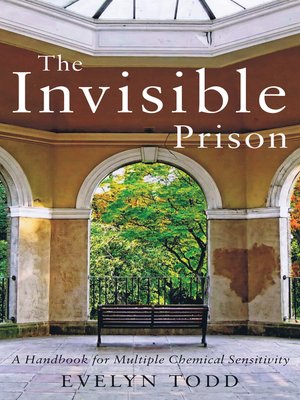
Sign up to save your library
With an OverDrive account, you can save your favorite libraries for at-a-glance information about availability. Find out more about OverDrive accounts.
Find this title in Libby, the library reading app by OverDrive.



Search for a digital library with this title
Title found at these libraries:
| Library Name | Distance |
|---|---|
| Loading... |
Multiple Chemical Sensitivity, perhaps better termed Toxically Induced Lack of Tolerance, can be a devastating condition that leads to economic hardship and isolation, not only from the outside world but from friends and family. The wide range of symptoms and the differences between sufferers make it an enigmatic condition to patient and physician alike. Like Myalgic Encephalomyelitis (M.E.) once was, it is not always accepted as a physical illness. The aim of this book is to inform and help sufferers and create awareness in those around them. It is also hoped that it will achieve recognition of the condition among health professionals. The book is split into four sections: a description of the condition, a commentary on environmental chemicals past and present, accounts of experiences from those effected and a large advice section on how best to live with the condition and minimise toxic encounters. Within the book, there is an ample glossary, lists of further reading suggestions and useful addresses and an exhaustive index to aid ease of access to specifics and for cross-referencing. Spaces are provided between subjects for the addition of notes, comments and further information as it becomes available. The writer, Evelyn Todd, was first affected by chemical sensitivity at the age of eleven but was not diagnosed until this century. During later years, she has made a study of Multiple Chemical Sensitivity and this book is of the fruits of this and her own experience. Apart from sufferers and their families, The Invisible Prison should be read by those who have dealings with the general public, particularly all who work in health care in any capacity.







